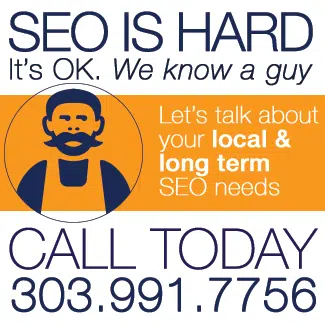Why Website Speed Matters
When a page takes longer than three seconds to load, many visitors leave before it even finishes. Research shows the chance of someone leaving jumps by 32% when load time goes from one to three seconds (Think with Google). More than half of mobile users abandon pages that take longer than three seconds (Google/SOASTA).
A faster site keeps visitors engaged, helps search rankings, and builds trust. If you’d like help with SEO, see our Affordable Search Engine Optimization page.
How Fast Your Site Should Be
Google’s Core Web Vitals suggest targets that keep pages feeling quick and stable:
- Largest Contentful Paint (LCP): under 2.5 seconds
- Interaction to Next Paint (INP): under 200 ms
- Cumulative Layout Shift (CLS): under 0.1
See details on web.dev — Core Web Vitals.
Find What’s Slowing You Down
Start with a speed test:
- Google PageSpeed Insights shows real-world data and clear suggestions.
- WebPageTest lets you see filmstrips and detailed waterfalls from different locations.
Watch for common problems like oversized images, too many scripts loading, or slow hosting.
Simple Fixes You Can Try
- Resize and compress images before uploading.
- Turn on caching so repeat visitors load pages faster.
- Clean up code by removing unused CSS or delaying scripts that aren’t needed right away.
- Upgrade hosting if your server responds slowly.
- Use a CDN to load files from servers closer to your visitors.
Keep It Fast Over Time
Check your site every few months, because small changes can add up:
- Review plugins and themes and remove what you don’t need.
- Compress new images before publishing.
- Run a speed test after big updates.
If you want a hand, these resources can help:
- Website Care Plan for managed updates, backups, and performance checks.
- Free Website Audit & Speed Test to spot issues quickly.
- Book a free consult to talk through options.


Leave A Comment